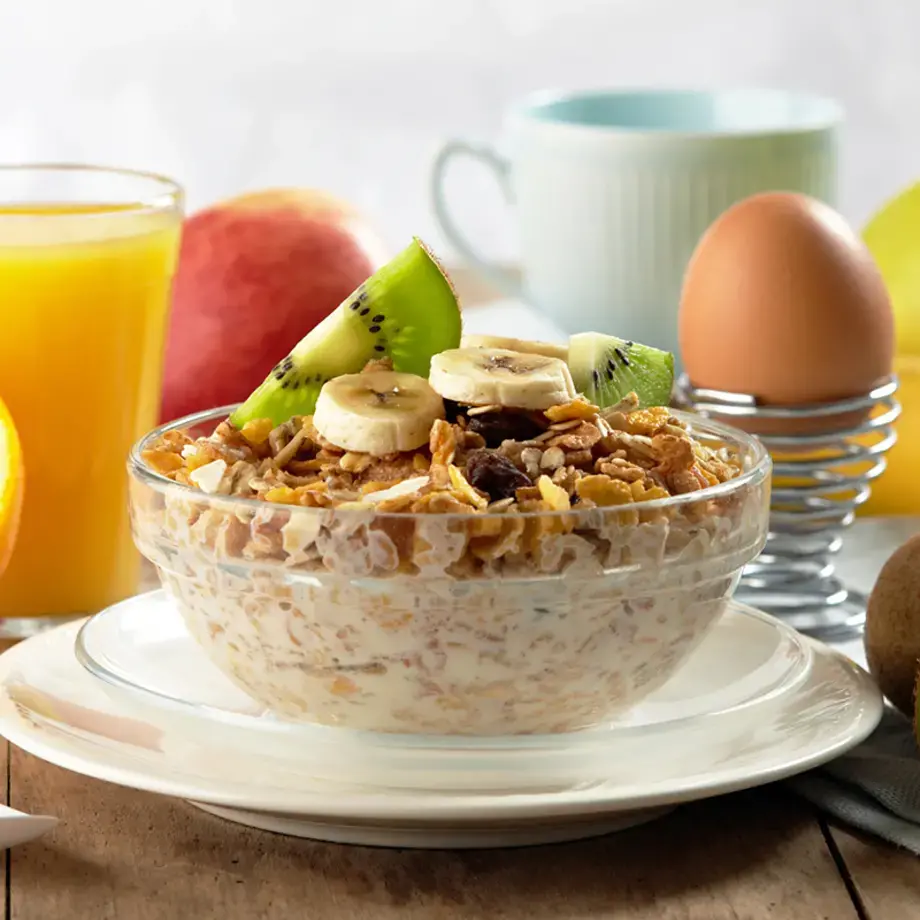Konjac, also known as elephant yam, is a corm—like a bulb or tuber but actually just an underground swelling of the stem—used in cooking in East and Southeast Asia. One of its most salient properties is that it is low-carb, making it very popular with the Keto crowd. But those looking to slash their starches are not the only ones who can reap its benefits. This corm can also help lower cholesterol because it is high in fibre, a trait that also makes it a panacea for gut difficulties. Its special fibre, called glucomannan, gives you the feeling of being full while being low-calorie, making konjac the darling of dieters.
Konjac is used as a thickener (in soups or as a gelatin substitute). But its most well-known use is in making shirataki noodles or shirataki rice, which are low-calorie alternatives for these normally carb-heavy staples. Douse shirataki noodles in garlic sauce and add spinach, or use them as the baseline to set the smooth vamping of peanut sauce against the brazen riffs of snap peas and cherry tomatoes.
Read on for a small encyclopaedia of facts about this curious corm.
Armorphophallus konjac
This is the 'academic' name for konjac, a plant belonging to the Araceae family that is farmed in China, Korea, Japan, Taiwan and South East Asia.
Boil
Konjac noodles are perfect for 'absent-minded' cooks because even after one hour’s boiling it is impossible to overcook them.
Corm
This term used for the bulb of this plant, which looks like a large beetroot and can even weigh up to 4 kg with a diameter of 25 cm. It is used to make flour for traditional Japanese noodles, among other things.
Dictionary
Konjac (pronounced "kohn-yak") is also known as konnyaku, gonyak, jǔruò, konjac potato, voodoo lily, devil’s tongue or elephant yam.












